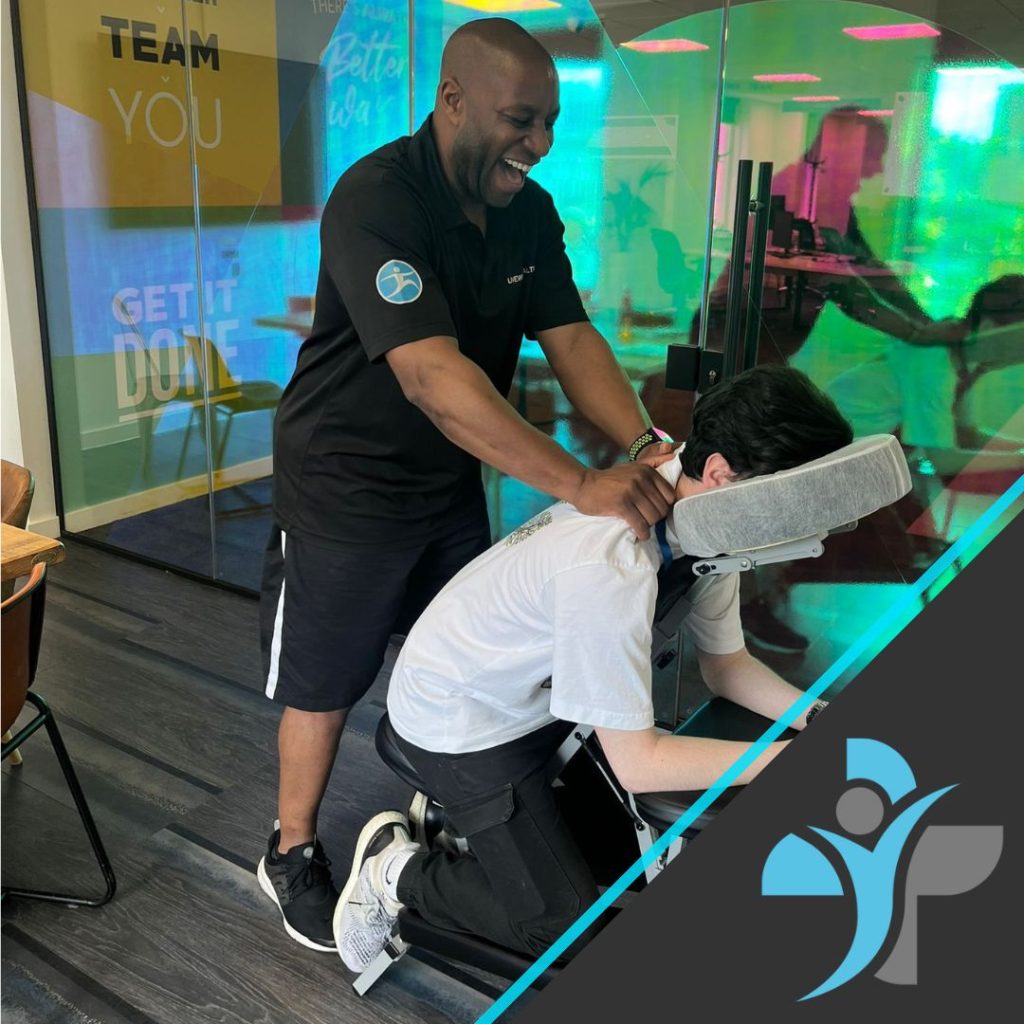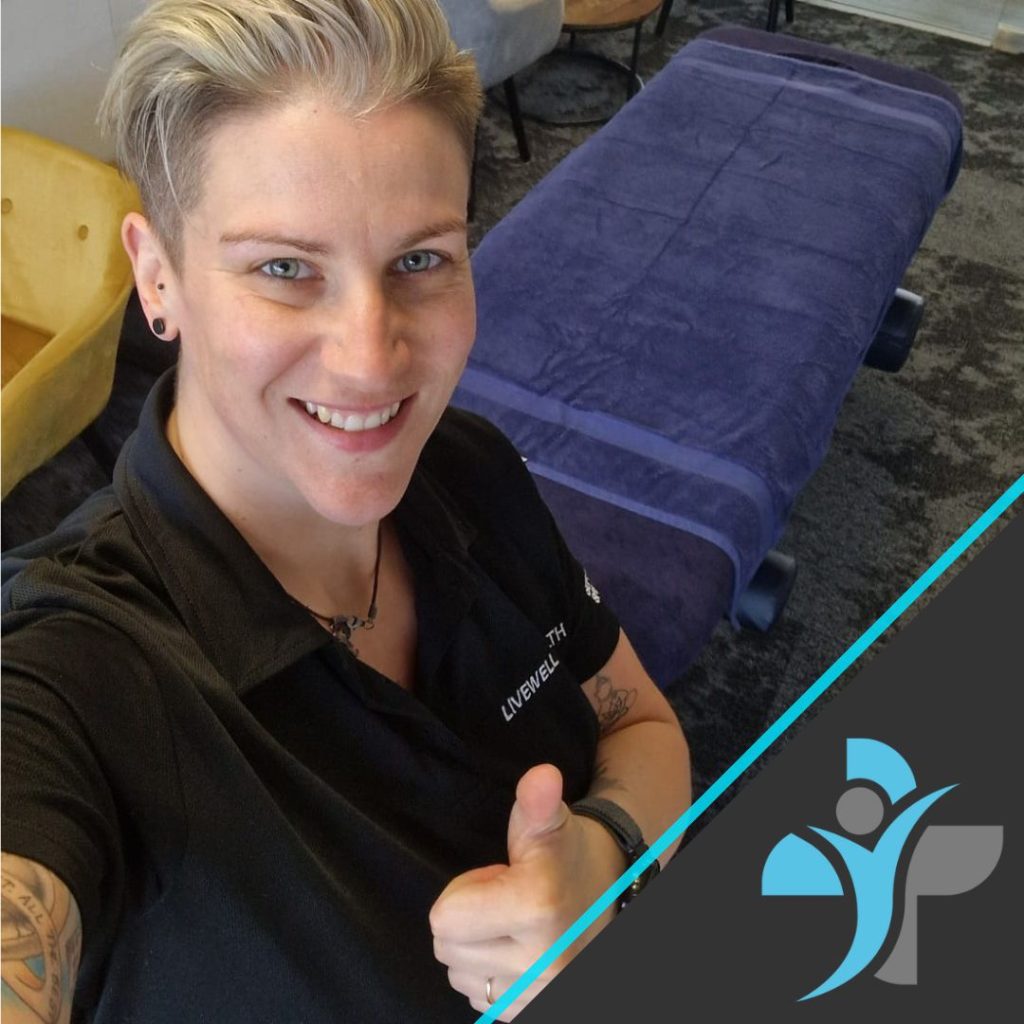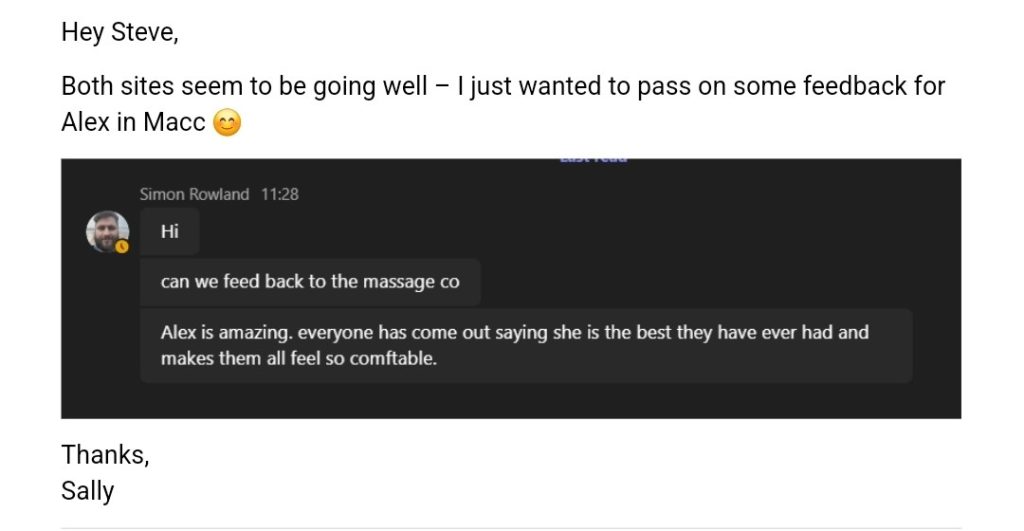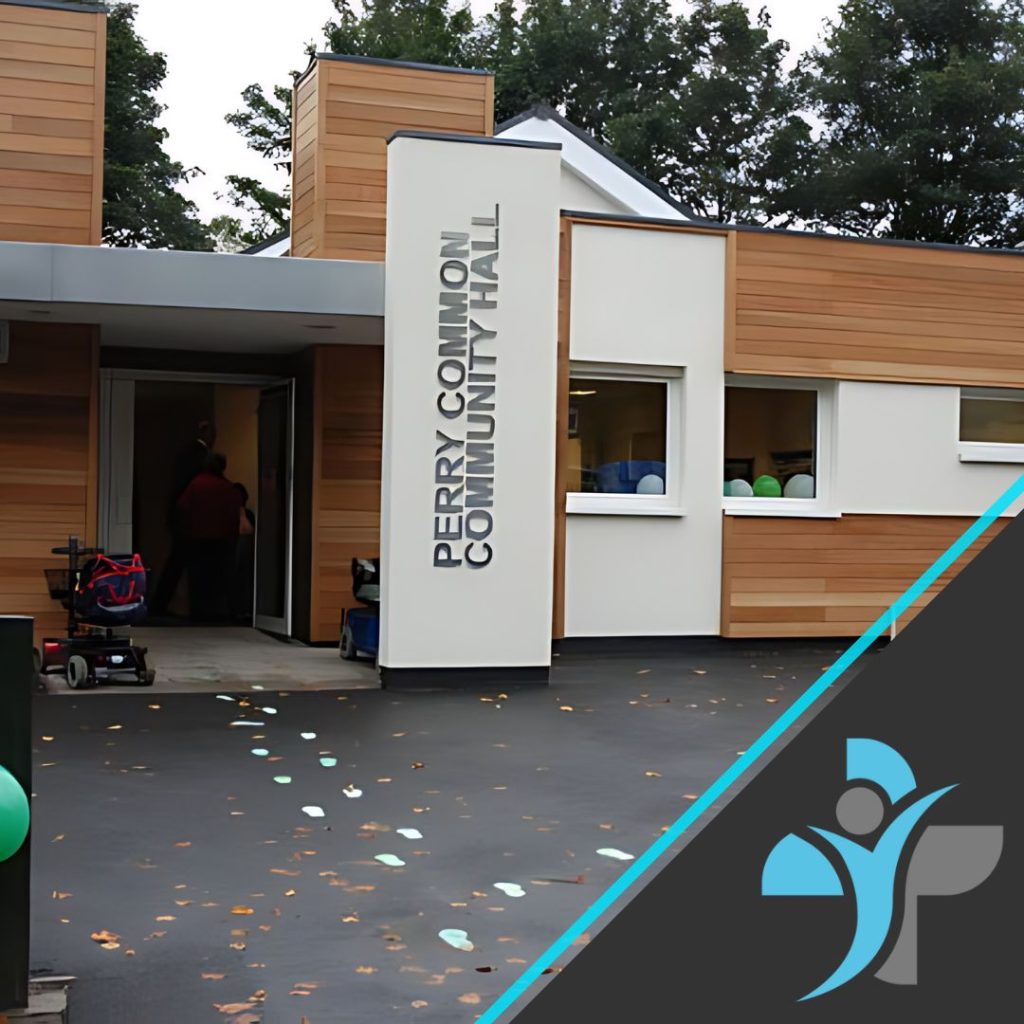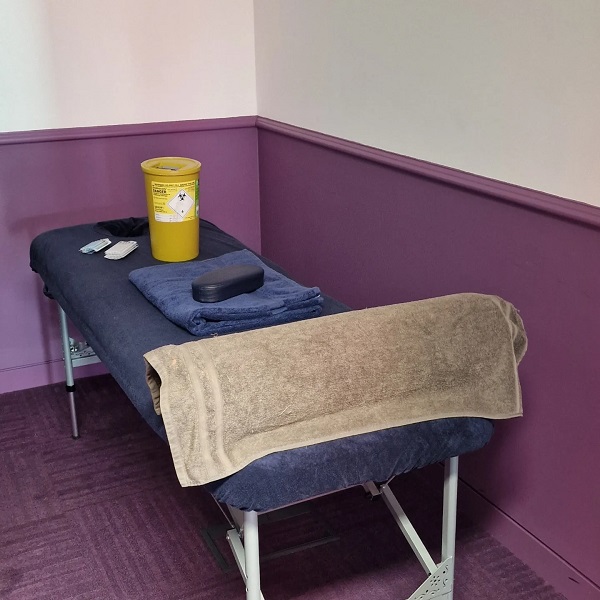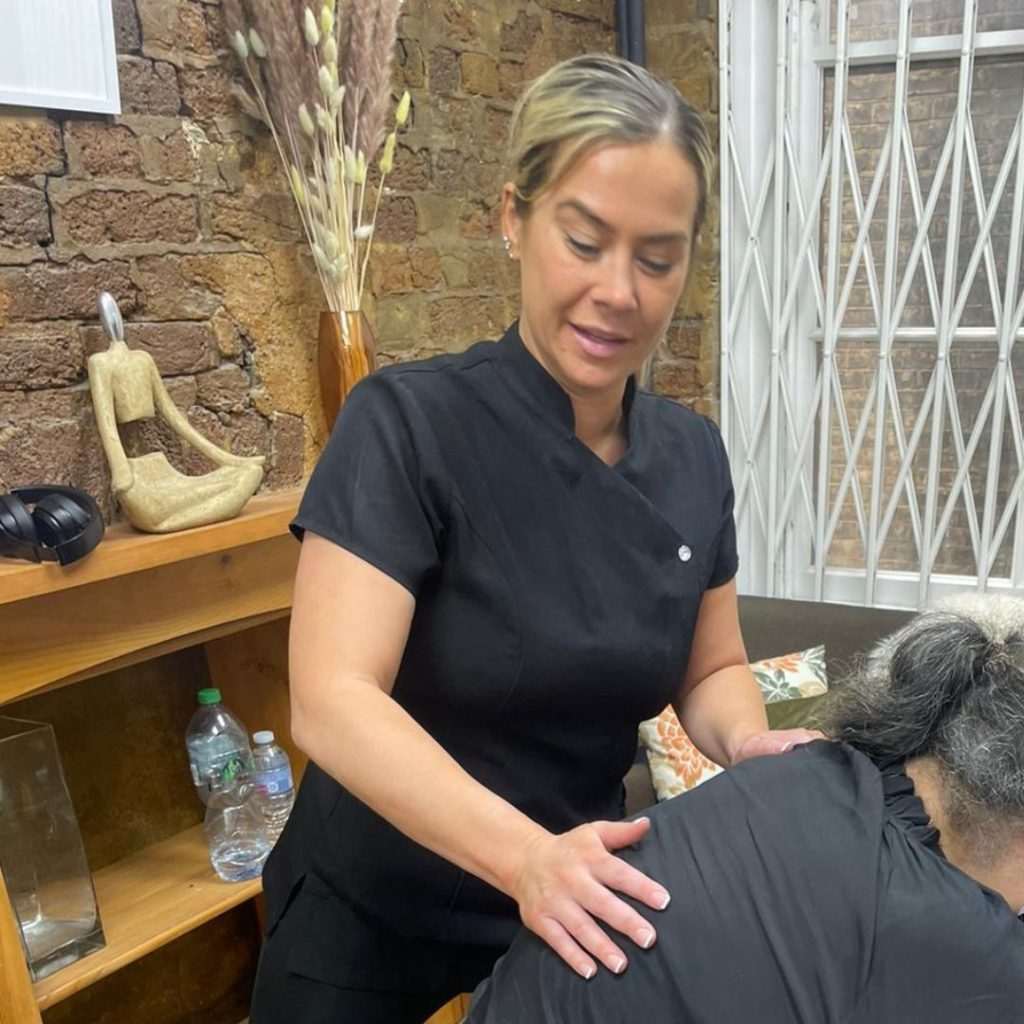How to Plan Your Workplace Wellbeing Initiatives for MS Awareness Week
From April 28th to May 4th is MS Awareness Week and this celebrates Multiple Sclerosis (MS), a neurological condition affecting thousands of individuals across the UK. This is the perfect opportunity for companies to provide their employees with targeted wellbeing initiatives to educate them and raise awareness of this difficult condition. Additionally, companies that provide their employees with this opportunity highlights the fact they value their employees wellbeing and in turn makes a company stand out.
1. Educate & Raise Awareness
Knowledge is key and understanding MS and the impact it has is extremely important. Hosting Lunch & Learn sessions with healthcare professionals would be beneficial to employees. You could discuss the following:-
- Understanding what MS is and spotting the early signs and symptoms, and being diagnosed.
- Offering support to colleagues with MS – being understanding, compassionate and empathetic within the workplace
- Managing chronic illness at work – prioritise open communications and putting in place necessary accommodations such as flexible working and modified work duties
2. Prioritise Wellbeing & Holistic Care
Prioritising your employees wellbeing is extremely important. Providing your employees with wellbeing services can have a massive positive impact on those dealing with MS and also others that are dealing with chronic sress or fatigue. Some examples of sessions that you could offer include: –
- On Site Massage & Reflexology – reduces stress and tension, boosts productivity and heightens overall relaxation and well-being.
- Yoga & Mindfulness Workshops – reduces stress, improves focus, and enhances flexibility. This also promotes better posture and mindfulness.
- Nutrition Talks – offers advice and suggestions on anti-inflammatory foods and equips employees with the knowledge they need to make informed dietary decisions to support neurological health and overall wellbeing.
3. Foster a Supportive Workplace Culture
You can demonstrate your committment to a supportive workplace culture by:
- Producing peer-support networks – offering employees impacted by MS or chronic illness a safe space to connect.
- Implementing flexible working arrangements – prioritise putting in place flexible working arrangements for those affected by MS so they can manage their illness more effectively.
- Promoting open dialogue and stigma reduction – through internal open communications, newsletters, and team meetings within the workplace.
4. Engage Employees in Fundraising & Community Support
Hosting significant activities to engage your employees and build unity and raise awareness is beneficial. Some examples of activites you could organise are as follows:-
- Step Challenges or Fundraising Walks or Runs – encourages movement, improves help, boosts mood and raises funds for charities that support MS.
- Cake & Bake Sales – fosters a sesnse of community, encourages teamwork and raises funds for charities that support MS.
- Wearing the colour Orange for the day – this is the awareness colour for MS. Wearing orange will demonstrate support for people living with MS.
- Corporate Donation Matching – double employee contributions to raise more donations for charities supporting MS.
5. Provide Practical Resources & Support
In order to promote and support the well-being of employees, you could provide them with practical resources and tools such as:-
- Workplace Accommodations Guidance – support colleagues with MS by educating managers on the reasonable adjustments that are offered to colleagues to help manage their illness at work
- Health Checks & Wellbeing Assessments – encourage and help employees to monitor their health
- Flagging External Support Services – ensure employees are familiar as to where they can access additional support and advice.
Book Your Wellbeing Initiatives Today
At Livewell Health, we offer tailored wellbeing solutions, including Massage & Reflexology Sessions, Nutrition Talks, Yoga & Mindfulness Workshops, as well as specific Physchologic Support and 1 on 1 sessions for anyone suffering with or affected by MS which is designed to support employees during MS Awareness Week and beyond.
Let’s work together to create a supportive, knowledgeable and inclusive workplace. Get in touch today to plan your employee wellbeing initiatives!


